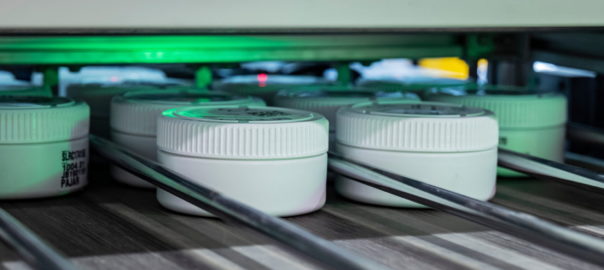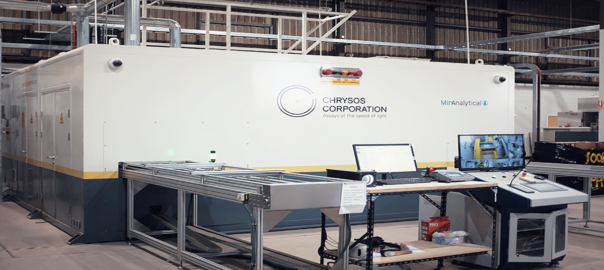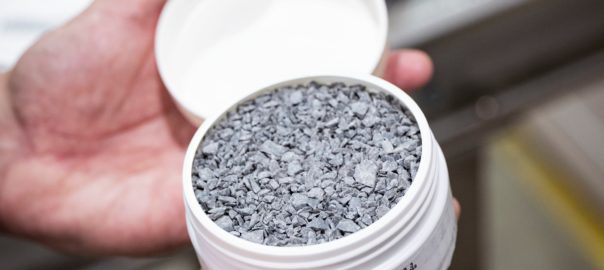Perenti says it has signed an agreement to divest MinAnalytical Laboratory Services Australia Pty Ltd, a Perenti subsidiary, to ALS Ltd in a deal worth A$43.6 million ($31.2 million).
Of the total consideration for the transaction, A$39 million relates to shares in MinAnalytical, with an additional $4.6 million for prepayments and other financial adjustments. The transaction is anticipated to be completed prior to December 31, 2021.
Mark Norwell, Managing Director and CEO of Perenti, said the divestment was part of the ongoing strategic review of the company’s portfolio, including its services, operating regions and businesses.
“As we continue to focus on optimising the performance of our business and creating long-term sustainable value for our shareholders, we are pleased to have entered into a binding agreement for the divestment of our MinAnalytical business to ALS.”
He added: “ALS is a premier provider of analytical testing data worldwide and has a track record of acquiring and embedding complementary businesses and analytical technology to deliver value for their clients. MinAnalytical, and the significant new technology offering of the Chrysos PhotonAssay machines, is a natural fit for the ALS portfolio and will benefit greatly from the synergies and economies of scale that ALS can offer.”
MinAnalytical has several PhotonAssay units it is using for customers, with a high level of automated sample preparation in place.
Following the transaction, Perenti is to retain our 8% equity holding in Chrysos, Norwell said, explaining: “We, much like ALS, appreciate the significant current and future value proposition that the Chrysos business represents.”
He added: “In line with our significant focus on liquidity and capital management, the net proceeds of this transaction will be allocated across our portfolio to maximise shareholder value. We will continue to evaluate and progress a number of capital management initiatives designed to generate cash flow, streamline our portfolio, liberate cash, sustainably reduce our leverage ratio and efficiently allocate capital across our business.”









